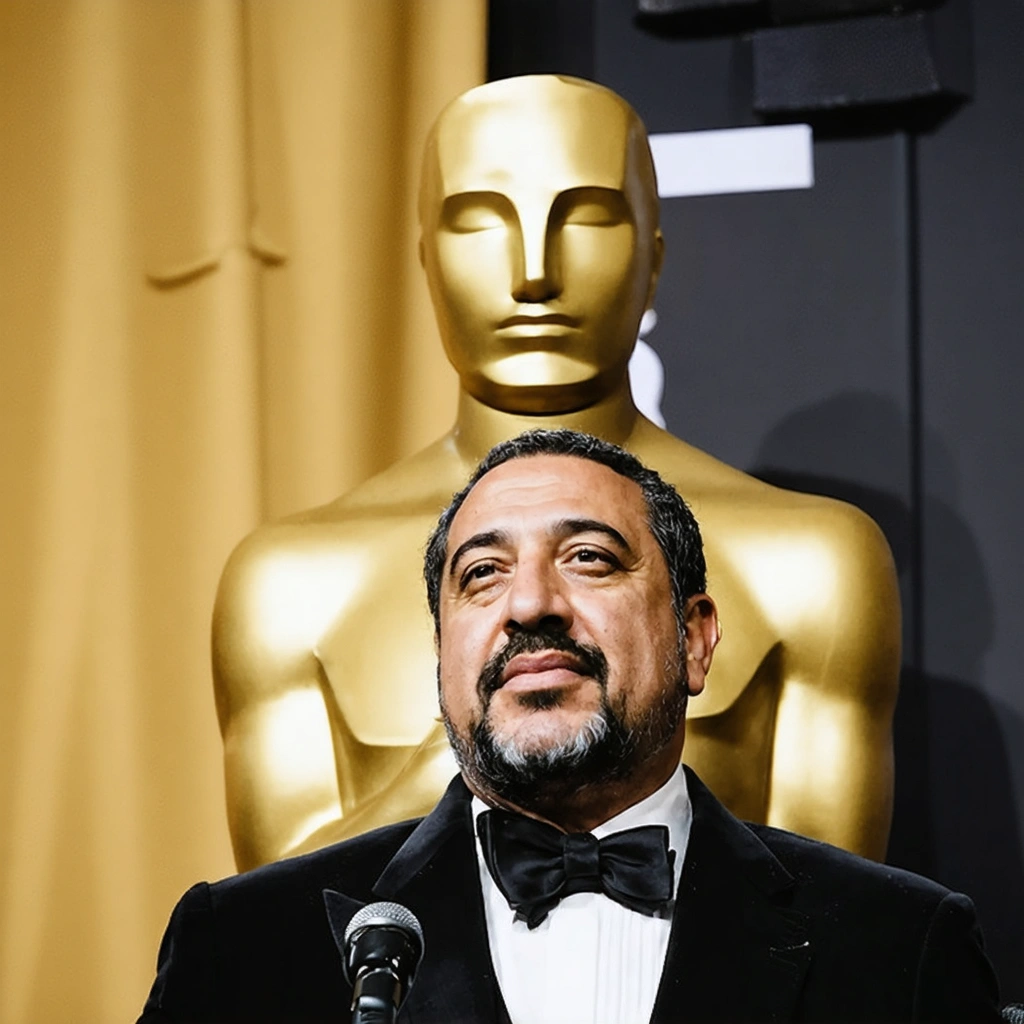
An Unfolding Controversy in the World of Cinema
In a dramatic development that continues to reverberate across international film communities, the Academy issued an apology. The statement addressed its inadequate support for the Oscar-winning Palestinian director following a shocking incident. The distressing event occurred when the renowned director, whose film “No Other Land” captured global attention, found himself detained by the Israeli army. This incident took place after an attack by Jewish settlers near the West Bank settlement of Kiryat Arba. Moreover, the film emerged from a police station, and tensions escalated quickly which led to widespread online criticism. Consequently, audiences, critics, and activists demanded accountability. Furthermore, university scholars and film industry insiders insisted on a transparent recounting of events, which fueled a wave of digital protests.
Background and Immediate Reactions
The controversy deepened when the Academy initially refrained from directly naming the director and his film in its preliminary statement. Activists and social media influencers expressed their frustration vehemently and mobilized support. In a series of detailed posts, many criticized the delay in acknowledging the severity of the situation. Additionally, critics listed several issues:
- Lack of political courage in the statement
- Failure to identify the specific victim and his acclaimed work
- An overall sense of detachment from ongoing regional conflicts
Numbered accounts from reputable sources further detailed the events:
- The director’s detention occurred in the immediate aftermath of settler violence.
- The film “No Other Land” became a symbol of resilience amid oppression.
- The Academy eventually recognized its shortcomings in addressing these issues.
Consequently, many celebrated the delayed yet necessary public apology, although some argued that more proactive measures should have been taken earlier.
Chronological Insights and Detailed Analysis
Observing the timeline, one finds multiple key events that culminated in this heated exchange. A concise table below offers a chronological summary:
| Date | Event | Impact |
|---|---|---|
| Tuesday (exact date not disclosed) | Attack by Jewish settlers in the West Bank settlement | Escalation of regional tension and immediate detention of the director |
| Following day | Release of “No Other Land” from a police station | Triggering widespread online protest and calls for accountability |
| Subsequent announcement | Academy’s public apology | Mixed reactions from the film community and political analysts |
The table illustrates moment-by-moment events that played into a broader narrative. Evidently, each transitional moment contributed cumulatively to a growing demand for justice and acknowledgement.
Voices from the Field and Broader Implications
Journalists and human rights organizations provided detailed commentaries. One reporter noted, “The scandal exemplifies how the arts and politics intertwine.” Meanwhile, veteran directors discussed the moral obligations that institutions face when crisis strikes. In various interviews, professionals articulated that the Academy needed to sever any appearance of indifference during these turbulent times. They further emphasized that failure to express strong support not only deepens wound but also fosters an environment that trivializes suffering. Additionally, visually striking images—credit to photographer Leo Correa—reminded many of the personal toll imposed by such events.
Cultural Impact and Future Prospects
An abundance of literature, social media posts, and commentaries now examines the broader socio-political implications. Critics illustrate that the incident draws attention to issues that exceed the boundaries of film. First, the situation exposes how cultural outputs become battlegrounds for larger political conflicts. Second, the narrative emphasizes the role of global institutions in responding adequately when international laws and human rights face challenges. Third, active debates now surface concerning freedom of expression within contested territories. Moreover, citizens observe that every action taken by influential bodies, like the Academy, obtains rapid scrutiny. Consequently, the apology carries symbolic weight, representing more than a ceremonial gesture. Academic experts, political analysts, and cultural commentators now postulate that future actions must incorporate lessons from this episode, thereby setting precedents in grappling with wartime consequences.
Steps Forward and Calls for Policy Revision
The unfolding events prompt multiple recommendations for how entities like the Academy should manage conflicts. Forward-thinking strategies include:
- Developing a swift response protocol to crises involving celebrated personalities.
- Engaging with activists and community leaders in framing public statements.
- Issuing future statements in a manner that acknowledges contextual nuances.
Leaders in the art community also suggest consulting cultural experts on ethical storytelling. Additionally, several proposals emerged for constructing advisory boards that include voices from conflict-affected regions. In summary, many insist that the Academy can no longer remain insulated from dramatic real-world consequences. Hence, institutions must proactively build frameworks that balance artistic integrity with the responsibility of supporting vulnerable communities.
Final Reflections and Broader Discourse
In retrospect, the entire episode underscores the importance of accountability and empathy within the global film community. The recent apology by the Academy not only acknowledged its oversight but also reopened a broader dialogue. In conversations with survivors, local residents, and film critics, one discerns an undercurrent of hope—a hope that tangible measures will follow symbolic gestures. Influential voices now stress the necessity of holistic engagement when institutional decisions indirectly affect the lives of creatives. Thus, although the apology arrived after intense scrutiny, it undeniably marks a turning point in public discourse. Ultimately, the incident compels both cultural institutions and political bodies to re-assess their responsibilities in conflict situations. Furthermore, the narrative continues to evolve as new insights emerge. International observers and dedicated researchers persistently monitor responses from political leaders and industry stalwarts. Daily updates perpetuate discussions about the role of art in times of political strife and the balance between celebration and accountability. In conclusion, the Academy’s apology represents a small yet significant stride toward inclusive action. Notably, as debates proceed, the enduring legacy of “No Other Land” will likely spur transformative policies that safeguard creative expression and human dignity. Transcending mere symbolism, these measures could indeed reshape future institutional responses during crises.




